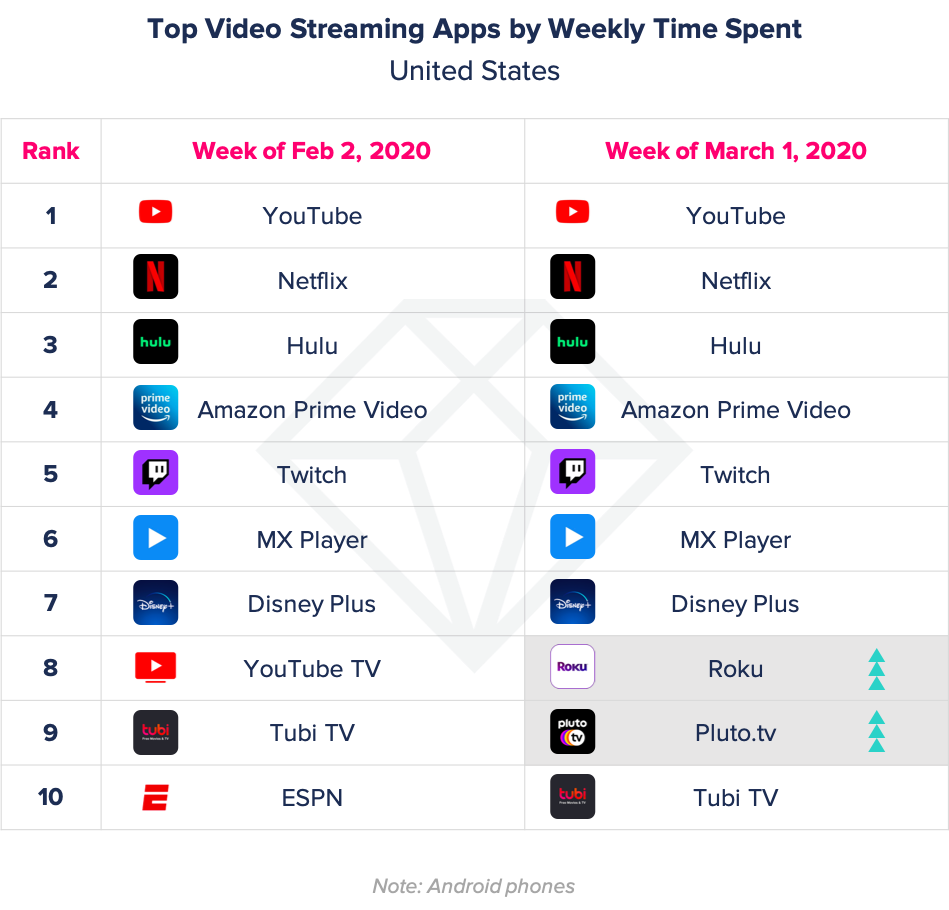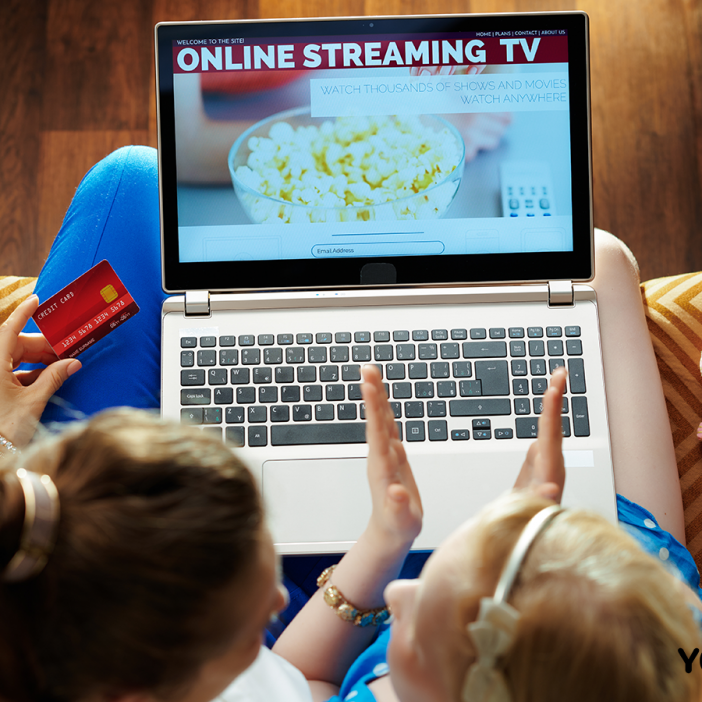Part III: Mobile Retargeting Across Verticals - Entertainment Apps, Part III
All apps stand to gain from retargeting, but the strategy of your campaign should depend on the vertical. While it’s difficult to predict the exact impact Coronavirus quarantine measures will have on app usage, one fact is certain: people will be using their phones more and more to shop, play games and stream entertainment. In the final installment of our three part series, we spotlight the challenges faced by entertainment apps to retarget users to help you better optimize your re-engagement campaigns.
Historically, entertainment apps have faced the greatest challenge to effective retargeting efforts to incentivize users to get back to the app than any vertical. In part one, we noted a 127% revenue drop in ARPPU of entertainment app users who were served retargeting campaigns, illustrating how retargeting can backfire if applied incorrectly. It's also been found that only about 15% of users re-download entertainment apps after uninstalling. However, these statistics have changed dramatically during the pandemic, with Americans spending more and more time at home.
Welcome to the Golden Age of Entertainment Apps
Entertainment streaming apps have surged in the U.S. as coronavirus spreads. This has reasserted the dominance of streaming strongholds like Netflix and Hulu and also made way for new players. Pluto TV, a free streaming TV service owned by Viacom/CBS, saw U.S. users spending 2.7 million hours on its Android phone app in the first week of March, a 75% increase compared to the previous week. After the country announced a travel ban, Pluto TV said its daily usage went up by more than 50%. Both Pluto TV and Roku rose rapidly to the top 10 video streaming apps list by weekly time spent. The Roku app can stream content on your mobile device and act as a control for your Roku player. Pluto TV is a free streaming service, in contrast to subscription-based services like Netflix, Hulu, and Amazon Prime Video. Its rise in downloads is an indication that consumers are looking outside the box of their usual “go-to” streaming apps.

Source: App Annie
Other streaming video apps have also seen profound increases in engagement. The amount of time people spent using Twitch, a live video game streaming platform, increased by 10%. This represented 9 million more hours streamed by users, from March 14-16, compared to a week earlier. YouTube Gaming also saw its engagement rise by 15% compared to the same time span a week earlier.
Established players like Disney are also finding ways to maintain their consumer base in the face of movie theater closures. These steps include releasing films currently in theaters to be streamed at home. This includes "Frozen 2" and "Star Wars: The Rise of Skywalker".
Could Too Much Time Be Too Much of a Good Thing for Entertainment Apps?
But what happens when users have so much time that they watch all the content and channels on an app? Could the never-ending consumption of content be too much of a good thing? The data shows that downloads are already starting to slow or decrease for the top entertainment apps. For Netflix and Disney+, daily downloads are slowing but daily active users (DAU) continue to trend up. This shows that while downloads are capping, more people are spending more time in streaming apps regularly.
Netflix Daily Downloads & DAU

Source: Apptopia
Disney+ Daily Downloads & DAU

Source: Apptopia
This data indicates that once users download a streaming content app, preventing them from churning is still key. Investing in personalization capabilities such as content recommendations, a customizable feed and robust discovery features can help apps re-engage users. To maintain variety for users who feel like they have watched everything there is to watch on an app, dynamic retargeting ads should be used to notify users of new releases that might be relevant to their interests. Geolocation could also be used to customize the frequency and tone of messages as quarantine policies evolve across the nation.
Entertainment App Retargeting Best Practices
Here are our best practices for entertainment app retargeting strategies:
- How to segment: Segment users based on activity such as whether they have consumed at least three pieces of content in-app. Segment further by favorite music genre, most-watched TV show, or favorite news section.
- How to personalize: Show retargeting ads featuring personalized content based on what users listened to, viewed, or previously read to elicit an upgrade.
- How to message: “Get unlimited access to all of your favorite episodes of X. Watch anytime, anywhere. Upgrade now.”
Takeaways
All apps stand to gain from retargeting, but the strategy of your campaign should depend on the vertical. While it’s difficult to predict the exact impact COVID-19 quarantine measures will have on the mobile economy, one fact is certain: people will be using their phones more and more to connect with the outside world. Retargeting poses a significant benefit to apps that are experiencing a profound boost in downloads and would like to prolong the activity into long-term engagement. Like shopping and gaming apps, streaming apps should look to hyper-relevant messaging and personalization to keep users engaged past downloads. To inspire brand loyalty, apps should utilize dynamic retargeting ads to announce new releases and other relevant programming to users.
The current situation is changing rapidly and shifting the way users across the globe interact with mobile devices. As more countries and businesses take precautionary measures to flatten the curve of COVID-19, we can only hope that users get what they need during this time through apps, whether that be food delivery that limits the threat of infection or entertainment that provides solace. Retargeting users with relevant messaging that points them to the support they’re looking for during this uncertain time is the main takeaway for marketers during the age of Coronavirus.

